How To Optimize Market Share When Demand Shrinks [Webinar]

Part 2 of our COVID-19 educational series covers what hoteliers can do if and when demand for hotel rooms begins to shrink. We know that one of the most worrisome impacts of the coronavirus is the effect that it will have on hotel occupancy. Let’s discuss what digital strategies hoteliers can implement to ensure they maximize their market share.
The best practices shared below will demonstrate alternatives to simply dropping your rates. It will also be a resource for hoteliers looking to get creative and innovative in driving occupancy for their hotel through strategic and targeted digital marketing during these difficult times.
Which Types of Guests are Booking Hotels?
First, let’s identify the guest types in 3 different booking windows. Today, which we define as travelers that are looking now and booking now include:
- Healthcare workers: The heroes fighting this crisis on the frontlines.
- Essential workers: Truck drivers and construction workers
- Extended stays: Such as families of loved ones that might be ill or essential workers that do not want risk infecting their loved ones.
- Daily rates: At-home workers that might just be looking for a quiet office space.
Tomorrow, which we will define as travelers looking to book 1-3 months out:
- Local, Stir-Crazy Staycationers: These travelers are eager and ready to travel, but might not feel comfortable doing so to long-distance destinations.
- Somewhat Essential Business Traveler: This is travel that might not be identified as essential business now, but when restrictions ease, these road warriors will be one of the first guests to start occupying your hotel.
- Domestic Travel: If you do see travelers from out of town, almost all will be from the domestic United States.
Future is defined as travelers whose booking window is any time 6 months or greater:
- Group Business: At this point, you will hopefully start to see group business come back as conferences and trade shows get rescheduled and planned.
- Weddings: A huge opportunity for the hotel industry in the next 6 months to a year. There have been a lot of canceled weddings that will need to be rescheduled during this time frame.
- Event Travel: Sporting events, concerts, and festivals. It might seem a long way from where we are today, but with lots of time and little to do, travelers are already starting to look at some of these dates in late 2020 or even early 2021.
- International Travel: This is the time period where we might start seeing the return of international travelers.
Using Social Media to Attract Travelers Today, Tomorrow and in the Future
Let’s learn the best way to attract each guest type and demonstrate the “safety and trust” factor. Starting with what social media posts that will appeal to today’s traveler. The first is strategically posting Front Line Worker Specials & Messages. These types of posts are generating a lot of engagement and views with social users right now. 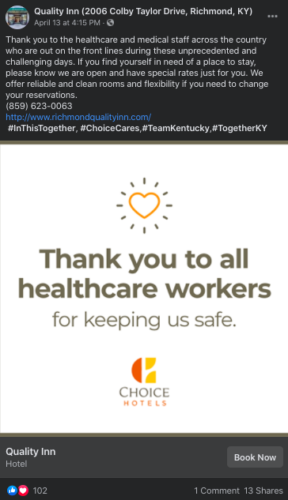 Try posting a public display of gratitude or special offer for healthcare and other essential workers. It’s also critical for travelers staying with you now to know your Hotel’s COVID-19 Response Plan and important safety policy updates. Travelers today are looking for peace of mind about the risk they are taking staying outside of their homes. These types of posts show that you are in tune with the current situation and being proactive about the steps you and your team are taking to ensure guest safety.
Try posting a public display of gratitude or special offer for healthcare and other essential workers. It’s also critical for travelers staying with you now to know your Hotel’s COVID-19 Response Plan and important safety policy updates. Travelers today are looking for peace of mind about the risk they are taking staying outside of their homes. These types of posts show that you are in tune with the current situation and being proactive about the steps you and your team are taking to ensure guest safety.
What about the traveler looking to book in the next 1 to 3 months? Well, from what we know about this booking window’s guest type, we can expect a lot of those stir-crazy staycationers. So for these travelers we really want to focus on feel-good, local stories. You can also share important essential local business information, like grocery store or pharmacy hours. If travelers in the area see that you are posting about relevant information to them, they are more apt to follow and engage with your page. This will keep your property top of mind as they start to slowly venture back out into the world. Another creative and thoughtful way to engage with these travelers looking to book in the next couple of months is by supporting other local businesses, like restaurants. The entire hospitality world is hurting right now, and people are looking for ways to help and support. I have heard some really cool stories of hotels teaming up with local restaurants for in-room guest delivery and partnerships.
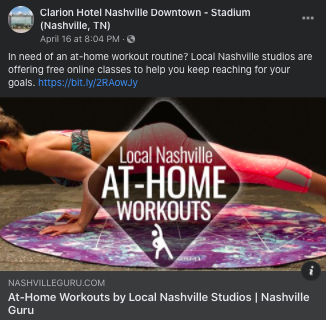 And finally: what type of social content can we use to appeal to the traveler potentially looking to book in 6 months or greater? This booking window’s guest type we identified as group bookings, weddings, events, and potentially international travel. Due to the long-term nature of these types of bookings, travelers might not be as far down the booking funnel or as close to a purchasing decision. For these travelers, the best strategy is to start generating business awareness now. One way to do this is curating and creating inspirational posts. Fun, relevant content like recipes, Netflix lists, or exercise classes are all popular posts that any type of traveler would find interesting. These relatable, nonbusiness specific posts tend to resonate a lot further than the hotel’s social followers since users are willing to share this type of content with their family and friends. Lastly, future event info & updates. Be extremely careful with the accuracy of the information you are posting and are using reputable sites and sources when updating event information and posting it publicly.
And finally: what type of social content can we use to appeal to the traveler potentially looking to book in 6 months or greater? This booking window’s guest type we identified as group bookings, weddings, events, and potentially international travel. Due to the long-term nature of these types of bookings, travelers might not be as far down the booking funnel or as close to a purchasing decision. For these travelers, the best strategy is to start generating business awareness now. One way to do this is curating and creating inspirational posts. Fun, relevant content like recipes, Netflix lists, or exercise classes are all popular posts that any type of traveler would find interesting. These relatable, nonbusiness specific posts tend to resonate a lot further than the hotel’s social followers since users are willing to share this type of content with their family and friends. Lastly, future event info & updates. Be extremely careful with the accuracy of the information you are posting and are using reputable sites and sources when updating event information and posting it publicly.
Using Reputation & Review Response to Instill Safety and Trust
So now we know what we should be posting, let’s find out how we can use our hotel’s online reputation and review response to encourage trust and travel to our hotel. Let’s start with today’s traveler, the first and I would argue the most important tip I can give a hotelier trying to impact traveler’s booking decisions now is prioritize new reviews today! Travelers are willing to overlook your overall reputation if you can prove that your hotel today is safe and trustworthy. And guest reviews are the most powerful way of proving that. Another way to capture occupancy from competitors is by communicating through timely, strategic review response. Make sure you are reinforcing policies and procedures through these responses. Lastly, forecast your hotel’s first impression. 1st Impression Score™ is a new tool just released at Travel Media Group that combines different reputation factors like recent reviews, review responses, review flow, and lifetime score. This score is a great indicator of where you stack up against your competition at any given moment across all booking sites and can be extremely useful in times where demand is low.
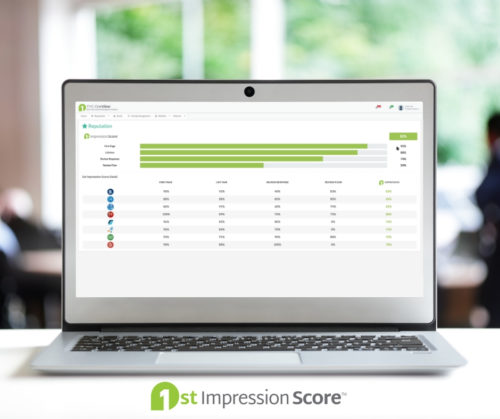 Now let’s take a look at how online reputation and response can be leveraged to attract travelers looking to book in the next couple of months. The first tip is to use data from past guest reviews to make quick, economical changes at the property. Lower occupancy might present more free time. Hoteliers could benefit from combing through the property’s past reviews in an attempt to identify trends or patterns that could be fixed with quick, economical changes. Another set of reputation data that hoteliers could concentrate on to put themselves in a better position to capture travelers in the short term is your local competitor set. Identify how many positive and negative reviews your hotel is generating in comparison to your competition. This data is the blueprint on how to eventually outrank them on reputation sites like TripAdvisor. And finally, target local reviews. As we mentioned local stir crazy staycationers will be the first travelers to emerge as they start to, make sure you are concentrating on generating reviews from their perspective to encourage other travelers to book with your hotel.
Now let’s take a look at how online reputation and response can be leveraged to attract travelers looking to book in the next couple of months. The first tip is to use data from past guest reviews to make quick, economical changes at the property. Lower occupancy might present more free time. Hoteliers could benefit from combing through the property’s past reviews in an attempt to identify trends or patterns that could be fixed with quick, economical changes. Another set of reputation data that hoteliers could concentrate on to put themselves in a better position to capture travelers in the short term is your local competitor set. Identify how many positive and negative reviews your hotel is generating in comparison to your competition. This data is the blueprint on how to eventually outrank them on reputation sites like TripAdvisor. And finally, target local reviews. As we mentioned local stir crazy staycationers will be the first travelers to emerge as they start to, make sure you are concentrating on generating reviews from their perspective to encourage other travelers to book with your hotel.
Finally, let’s see how your hotel’s reputation and review response can impact travelers and bookings 6 months and beyond. As you break down and analyze all that guest review data, you could identify patterns and trends that might not be so quick and easy to fix at the property. Start prioritizing these long term capital improvements now so as your business begins to recover you know what to invest in first. Where the traveler of today and tomorrow might be looking at reviews now, future travelers could visit your hotel’s online reviews multiple times. It’s important to set long term reputation goals and put some sort of reputation strategy in place to put you in the best position to achieve them. Lastly, we know that this booking window’s guest type includes groups, weddings, and future event travel. Now might be the time to reach out to past groups and create advocates for your group business by creating a case study that you can market and advertise to future groups looking for accommodations.
Implementing Operational Changes to Prepare for the Return of Travel
Next, let’s identify some operational tips that we can implement to attract and capture travelers in each booking window. As we have identified, safety and security are the top priority for today’s traveler. It’s not enough for us to simply clean more. Travelers want to know what your property is doing specifically to ensure their safety. Start implementing new property SOPs with your team now and share them with your guests. From something as small as how you handle a maintenance person handling a broken remote to as big as how housekeepers are cleaning guest rooms. Make sure your messaging is consistent, clear, and effective while using different types of communication channels like your hotel’s website and social media. At this time, your guest would rather hear and see you over-communicate what you are doing at this time than wonder if anything is being done at all.
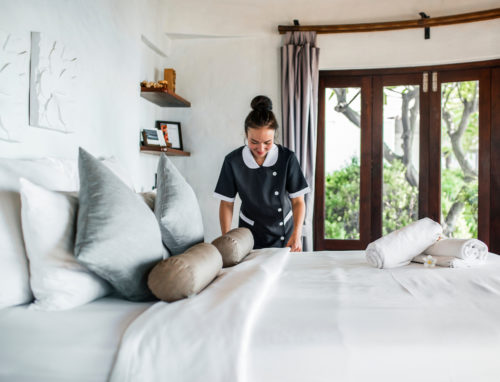 Over the next couple of months as travelers slowly start to return back to our hotels we will have hopefully implemented a lot of changes at the property level. It is vital to note these changes and track their effects. This type of business intelligence will serve as a map to recovery as hotels adapt to “new normals.” Another operational task that we can accomplish today to prepare for tomorrow’s traveler is conducting preventative room maintenance. As guests return to travel, they will not accept issues like worn down paint or broken remotes, knowing that these problems could have been prevented or resolved in time of low occupancy and demand. Lastly, use this time as an opportunity to learn new skills and cross-train your staff. There are tons of resources out there, like educational webinars, free online courses, and industry podcasts. Do not make the mistake of keeping your hands and mind idle during this time, it will be essential in the path towards recovery.
Over the next couple of months as travelers slowly start to return back to our hotels we will have hopefully implemented a lot of changes at the property level. It is vital to note these changes and track their effects. This type of business intelligence will serve as a map to recovery as hotels adapt to “new normals.” Another operational task that we can accomplish today to prepare for tomorrow’s traveler is conducting preventative room maintenance. As guests return to travel, they will not accept issues like worn down paint or broken remotes, knowing that these problems could have been prevented or resolved in time of low occupancy and demand. Lastly, use this time as an opportunity to learn new skills and cross-train your staff. There are tons of resources out there, like educational webinars, free online courses, and industry podcasts. Do not make the mistake of keeping your hands and mind idle during this time, it will be essential in the path towards recovery.
Another operational practice we can implement today to prepare for travelers looking to book 6 months and beyond. As we identified, group travel will be one of the last segments to return to the industry, but with the group booking process starting so far in advance now might be the time to get some feelers out there especially the groups that had to cancel during the beginning of this crisis. You can also serve as a resource for travelers looking for information on local events. Again, be very cautious about where you are getting your information on rescheduled events and make sure you cite your source. Finally, ask yourself “what hotel do you want to be when we eventually do get out of this crisis?”
Create An Action Plan
This is an unprecedented and devastating time in the hotel industry and it’s presenting hotels with an opportunity. An opportunity to rethink, not only the way we clean and sanitize, but the way we treat our guests, the way we manage our staff, and the way we run our hotel. The return to normalcy will start with travel, but if you try to run your hotel the same way you did before, you missed the mark. The game has changed and hotels that recognize this will not only survive, but thrive. So I challenge you to really take some time and think about that. Create a list, hold you and your team accountable. I want to make sure I generate at least one 5-star review every 3 days and respond to 100% of my online reviews within 48 hours. I want to post on social media at least 4 times a week. These are the actions that will be the difference between you and the hotel across the street and will ultimately help you capture more market share.

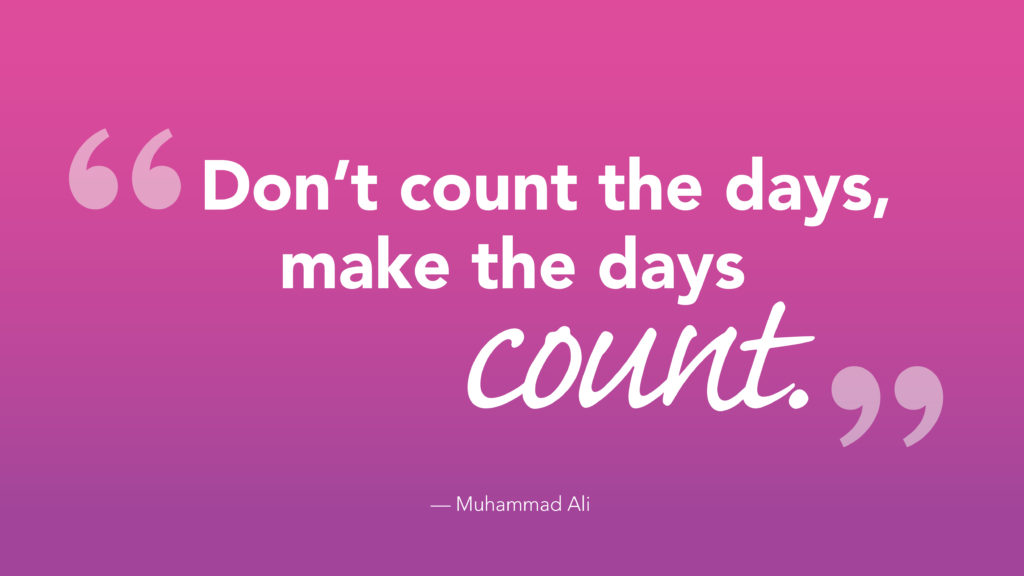
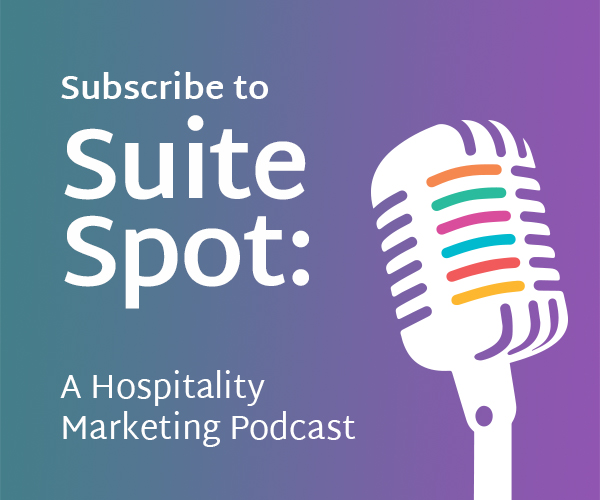

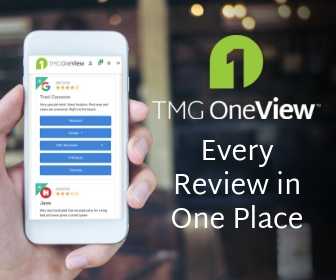
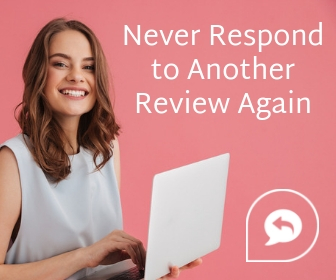
0 Comments